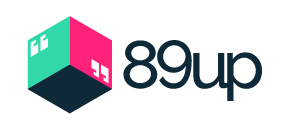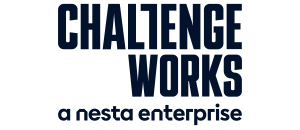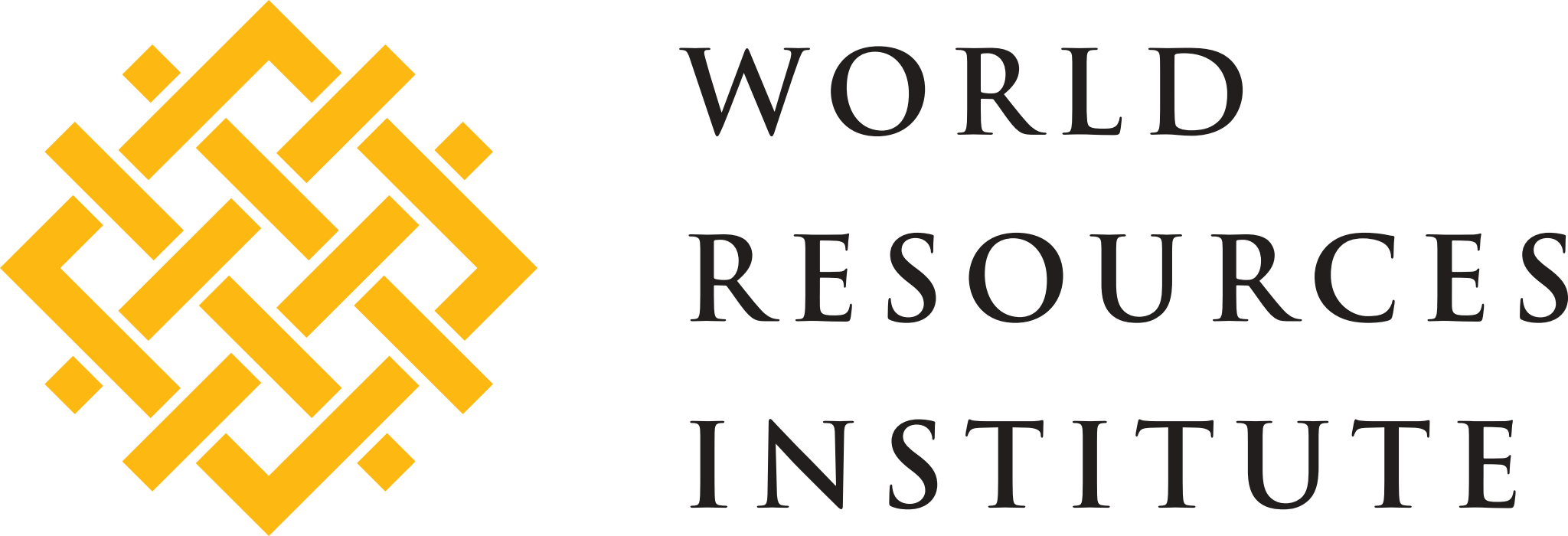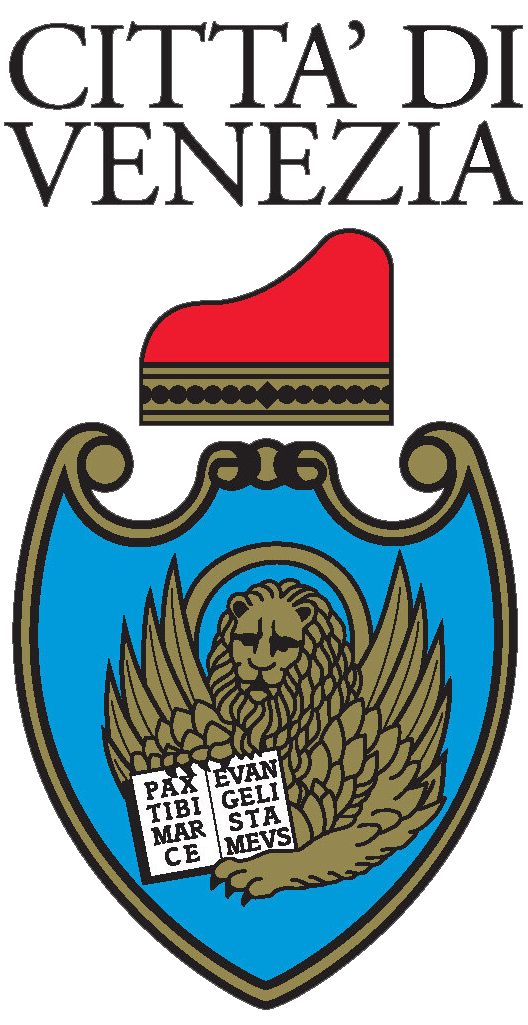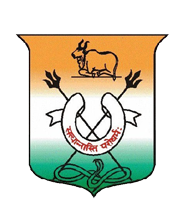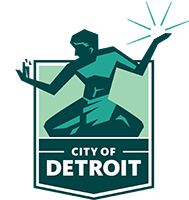Support & FAQs
Sustainable Cities Challenge Varanasi
Support & FAQs
Sustainable Cities Challenge Varanasi
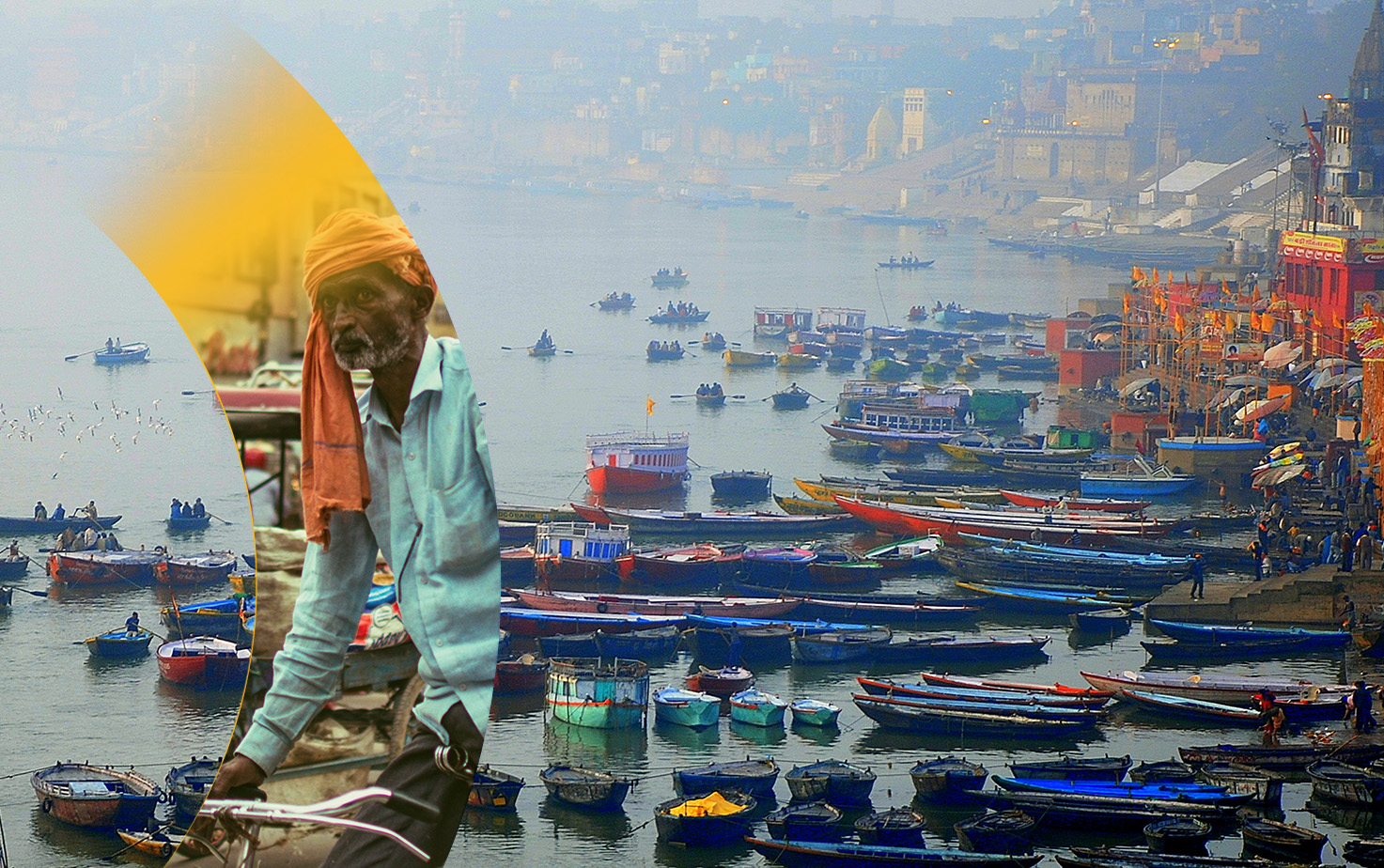
Frequently Asked Questions Sustainable Cities Challenge Varanasi
The Varanasi Challenge is calling for innovators to enter with solutions that will meet the below Challenge Statement:
Create innovative, data-driven solutions that make crowded areas of Varanasi's old city of Kashi safer and more accessible for religious tourists, local residents and vulnerable populations (such as elderly people and people with disabilities).
Successful solutions might include:
- Tools that support the city to better manage overcrowding events
- Interventions that improve citizen decision-making
- Services that support vulnerable groups
We are supporting innovators to develop solutions by providing:
- Up to ten $50,000 grants in the semi-finalist stage
- Up to five $130,000 grants in the finalist stage
- $1.5 million final implementation funding, to be shared among up to 3 winners
- The opportunity to engage directly with city leaders
- Access to city stakeholders including problem-holders, end users and beneficiaries
- Access to a network of like-minded innovators
- Access to capacity building support in user-centred design and other related areas
Entries to this Challenge are open from 08:00 UTC Thursday 27 June 2024 and close by 13:00 UTC on Thursday 10 October 2024
Entries will be assessed against the judging criteria and the successful semi-finalists will be announced in December 2024.
After the Semi-Finalist stage comes to an end, successful Finalists will be announced sometime in July 2025.
Winners will be announced in early 2026.
Below is a list of resources or other ways you can find out more about the Sustainable Cities Challenge Varanasi:
- Visit the main Sustainable Cities Challenge Varanasi webpage
- Read the entrant handbook
- Email us at [email protected]
- You can also sign up for a webinar or book a one-on-one session. For a full list of the support available, see the Entrant Support section on the Sustainable Cities Challenge Varanasi page.
The Sustainable Cities Challenge is funded by the Toyota Mobility Foundation.
We are supporting innovators to develop solutions by providing:
- Up to ten $50,000 implementation grants in the semi-finalist stage
- Up to five $130,000 implementation grants in the finalist stage
- $1.5 million final implementation funding, to be shared among up to 3 winners
- The opportunity to engage directly with city leaders
- Access to city stakeholders including problem-holders, end users and beneficiaries
- Access to a network of like-minded innovators
- Access to capacity building support in user-centred design and other related areas
All funding must be used by teams to develop, test, demonstrate, and implement their solutions.
The final implementation funding should be used to implement the solution. As part of their final submission, each finalist must put forward ideas for what this implementation would look like for their solution, with input and discussion with the Toyota Mobility Foundation.
The Sustainable Cities Challenge is led and funded by the Toyota Mobility Foundation, in partnership with Challenge Works and World Resources Institute.
The Toyota Mobility Foundation (TMF) was established in August 2014 by the Toyota Motor Corporation (Toyota) to support the development of a more mobile society in which everyone can move freely.
The Foundation underscores Toyota’s ongoing commitment to continuous improvement and respect for people. It utilizes Toyota’s expertise and technologies to support strong mobility systems while eliminating disparities in mobility. TMF works in partnership with universities, governments, non-profits, research institutions and other organizations, creating programs that are aligned with the UN Sustainable Development Goals (SDGs) to address mobility issues around the world.
In the past, TMF has led a range of Challenges, including the global Mobility Unlimited Challenge, CATCH in Malaysia and InoveMob Challenge in Brazil. You can find out more about TMF and how it is governed at toyotamobilityfoundation.org
Challenge Works is a global leader in the design and delivery of open innovation challenges that mobilise diverse, innovative thinkers to solve pressing problems and unlock change. Founded by Nesta, the UK’s innovation foundation for social good, they are a social enterprise that has delivered over 90 challenges to date and distributed more than £156 million to winning innovators. https://challengeworks.org/
World Resources Institute (WRI) is a global research organization that works with governments, businesses, multilateral institutions and civil society groups to develop practical solutions that improve people’s lives and ensure nature can thrive. They organize our work around seven global challenges: Food, Forests, Water, Energy, Climate, the Ocean and Cities. They analyze these issues through the lenses of our four Centers of Excellence: Business, Economics, Finance and Equity. Visit them at wri.org
Varanasi (Benaras or Kashi) is one of the oldest and continuously inhabited cities in the world and is home to many heritage sites. Situated on the banks of the sacred river Ganges in the Indian state of Uttar Pradesh, Varanasi holds immense spiritual, cultural, and historical significance for people from different faiths. 84 ghats dot the bank of the Ganges that witness important rituals daily. A large number of Indian and global tourists flock to the city every year.
Funding will be provided to the lead organization, which will then be responsible for distributing it to the various partners, either in full or in instalments, as outlined in the agreement. This agreement will be shared with successful innovators when they submit their entry, allowing them to review it in advance. If there are any questions, they can reach out to the Toyota Mobility Foundation for clarification. More details will be provided in the agreement.
Entering the Sustainable Cities Challenge Varanasi - section of FAQ
Only entries that meet the eligibility criteria can enter the Challenge.
The Sustainable Cities Challenge Varanasi eligibility criteria:
- The solution must be tailored specifically for and implemented within Varanasi's old city of Kashi.
- Entrants can be single organizations or consortia.
- Teams that enter as a consortium must nominate one organization as the lead entrant. The lead entrant will enter into contracts and receive funding from the Toyota Mobility Foundation.
- Entrants must be established as a legally incorporated organization to enter.
- Entrants must have a presence in India (if a consortium, at least one company must have a presence in India)
- The Challenge is open to innovators worldwide, but entries must be in English.
- Successful entrants must be willing and able to travel to Varanasi as there will be expectations for on-the-ground presence during the next stage of the Challenge.
- Entrants must be able to work with local government.
- Entrants must own or be licensed to use relevant intellectual property included in their entries. If your entry proposes a new idea, we expect that you will own all the resulting intellectual property, which may be registered on a local basis if you become a successful participant in the Challenge. The Challenge will not be able to give you specific legal advice on the protection or exploitation of intellectual property.
You need to fill out the online entry form before the entry deadline at 13:00 UTC on Thursday 10 October 2024
The online entry form is hosted on Submittable, a social impact platform used to collect submissions. You can access it here.
Remember to read the Entrant Handbook, Terms and Conditions, and Privacy Policy before you submit your entry.
The Sustainable Cities Challenge is being run in English. Only entries submitted in English will be eligible for the Challenge.
Yes you can enter as a consortium or with a co-entrant. If you do enter as a consortium, you must nominate one organization as the lead entrant.
The lead entrant will enter into contracts and receive funding from Toyota Mobility Foundation.
Eligible entries will be evaluated against the judging criteria. Those that best meet the criteria will be invited to participate in the semi-finalist stage as semi-finalists.
Yes, you can submit more than one entry to the Challenge.
Entries to the Challenge will be confidential; however, they will be shared with those involved in running and assessing entries, including our delivery partners and the Judges, in confidence. Details of entries will be considered as part of our ongoing evaluation activities and may form evidence for future policy developments. No evidence published, following our evaluation, will be attributable to individual entries or entrants.
If you are successful in being selected to participate in the Challenge, one of the conditions of accepting support (both financial and non-financial) will include publicity of your initiative.
Please review the full Terms and Conditions and Privacy Policy for full details.
Entrants must own or have written permission to use, the intellectual property relevant to their entry. All entrants need to demonstrate a willingness to share information about their solution for the purposes of the Challenge. As part of the Challenge, TMF, the City of Varanasi Challenge Works, and other partners intend to carry out publicity activities and publish reports about the insights gained through the Challenge. These activities will not divulge confidential intellectual property.
You can email us at [email protected].
You can also sign up for a webinar or book a one-to-one session. For a full list of the support available, see the Entrant Support section on the Varanasi Challenge page.
The Three City Challenges under the Sustainable Cities Challenge - section of FAQ
This FAQ page relates to the Sustainable Cities Challenge Varanasi.
However, there are three different city Challenges under the Sustainable Cities Challenge. Each of them is focused on their specific city and has a completely different mobility-related challenge.
They are:
1. The Sustainable Cities Challenge Detroit – Transforming Freight
- The Detroit Challenge is calling on innovators to demonstrate solutions that reduce fossil fuel use and cut costs of freight operations in Eastern Market.
- Entries to this Challenge are open from 29 May 2024 and close by 16:00 UTC on Monday 12 September 2024.
You can visit the Sustainable Cities Challenge Detroit page here.
2. The Sustainable Cities Challenge Venice – Embracing Sustainable Mobility
- The Venice Challenge is calling on innovators to create solutions that change behavior, increasing the use and adoption of existing low and zero-carbon transport modes in the city of Venice.
- Entries to this Challenge are open from Tuesday 11 June 2024 and close by 12:00 UTC on Monday 30 September 2024.
- You can visit the Venice Challenge page here.
3. The Sustainable Cities Challenge Varanasi – Innovating Crowd Flow
- The Varanasi Challenge is calling on innovators to create data-driven solutions that make crowded areas of Varanasi’s old city (Kashi) safer and more accessible.
- Entries to this Challenge are open from Thursday 27 June 2024 and close by 13:00 UTC on Thursday 10 October 2024.
- You can visit the Varanasi Challenge page here.
Yes, you can make an entry to all three City Challenges. However, you will likely not be selected for more than one City Challenge unless you demonstrate the capacity to work on two Challenges at the same time.
Other - section of FAQ
We’d love to hear from you! Please send us an email us at [email protected].
Due to data protection laws, we cannot share contact details. However, if you email us indicating that you are happy for us to share your contact details with anyone else interested in partnering, we can connect you with other interested parties.
Yes, you can save your entry as you work on it and submit it when you are ready. However, we recommend that you always keep a back-up of your entry offline to ensure you do not lose your entry in case of any technical issues.
Yes, you can change ownership of the entry form on Submittable. You can find guidance on how to do that here: https://submittable.help/en/articles/9655256-transfer-submission-ownership-for-submitters
No, you don't need an official signed document confirming your partner. We understand that situations can change, so you can list them as a tentative partner. Towards the end of the application, there's a section where you can discuss partnerships that are still in development or pending official confirmation. You can also list them as a partner at the beginning and note in the comments that you're waiting for official confirmation.
Within the precincts, certain cameras are already installed by the smart cities initiative and the municipal corporation. These cameras have archived data available, which the city has agreed to share with you to help you understand crowd patterns. Although they won’t provide live data, you are free to install your own cameras and IoT devices within the precinct in addition to the data provided by the city. Please keep in mind that installing on public property may take some time due to required permissions, but we will assist with obtaining those.
While the precinct is designed as a controlled environment for demonstration and pilot purposes, you are allowed to collect data outside of the precinct as well. If you believe that data from outside the precinct influences crowd flow within it, you are welcome to measure and incorporate that information.
This depends on your approach to serving vulnerable sections. Your solution could focus on services tailored to specific groups, such as elderly citizens or people with disabilities, or it could involve assessing the design of the space and recommending changes to improve accessibility. The choice between on-ground support and data-driven technology is left to the discretion of the participants.
Crowd experience is considered a subset of crowd management. We broadly categorize solutions into two types: agency-facing solutions, which prioritize crowd management, and citizen-facing solutions, which focus more on crowd experience. You can choose which aspect to prioritize based on your proposed solution.
Currently, a cable car infrastructure is being developed to connect a part of the city with the temples and nearby areas. This includes the planning of tourist passes. Beyond this, no additional large-scale initiatives are underway. Authorities and officials primarily use coordination between departments and their prior experience to manage crowds. During the Academy, you'll have the opportunity to interact with government officials to gain insights into their current crowd management strategies and practices.
When we mentioned the impracticality of large infrastructural interventions, we were referring to ideas like road widening, which aren't feasible due to the narrow lanes and existing commercial and residential establishments in the old part of the city. However, painting symbols to help people navigate the old city does not count as an infrastructure change. In fact, solutions like these are encouraged because they make a meaningful impact without detracting from the essence of the old city.
We won't be able to provide the CCTV footage for the first proposal submission stage. However, in the second stage, during the semi-finalist stage, selected organizations will have access to some archived CCTV footage. Additionally, other data sets, such as parking space data, can also be made available at that time.
You can find the file link in the Entrant Handbook (pp. 10-13)
The entry form will be available on Submittable, our online platform. You can fill out the form online or review the questions in the downloadable PDF if you prefer. The form is structured according to the judging criteria, with each section including questions and word limits.
Additionally, you have the option to attach a 2-3 minute video to provide visual support for your entry. This video can be in a presentation format where you talk through slides. It doesn't need to be highly produced; it's just an opportunity to offer visuals that complement your written submission.
You do not need to submit a presentation or be at the MVP (Minimum Viable Product) stage to enter. The stage of development does not affect your eligibility.
We can’t specify the ideal team size as it depends on your solution and the expertise required. A smaller team might suffice for a digital project with minimal on-ground needs, while a larger team may be necessary for projects requiring significant on-site presence.
Focus on creating a realistic plan, outlining the expertise and support needed, and how you will acquire them. Review the judging criteria, particularly around viability and team capacity, to ensure your team size and solution are practical for implementation and scaling. Toyota prioritizes scalability and sustainability, so consider how your solution can be maintained and expanded beyond the project duration.
To understand how a team's qualifications are assessed for implementing a proposal, please refer to the detailed judging criteria in the Handbook. If your organization lacks similar past projects, focus on showcasing your expertise and presenting a well-thought-out plan. Highlight innovative aspects of your solution and explain how you will compensate for any lack of experience. Reviewing the judging criteria will help you effectively frame your entry.
Crowd management solutions for Varanasi do not need to be exclusively technological. While major infrastructure changes, like widening roads, are impractical, effective solutions can also involve intelligent design. For example, improved signage and other design elements can help with navigation in the old city.
Crowd management is complex due to Varanasi's varied geography and dynamic crowd patterns, influenced by events and festivals. Solutions should be adaptable to different crowd types and events. Thus, integrating both technology and design is essential for a comprehensive approach
To deploy your pilot, you'll need to choose one of two precincts detailed in the entrant handbook. The handbook also provides a link to spatial files containing information like land use, road networks, and CCTV camera locations. However, these files are not publicly accessible, so you'll need to request permission to access them. If you can't request permission through the portal, you can email for access. Additionally, the city may not grant access to all archived CCTV footage, so plan strategically regarding the number of cameras you require for your solution.
The costs you'll encounter during solution development will be your typical product or service development expenses, including hardware, software maintenance, staff costs, and other capital and operational expenditures. These are standard costs you'd expect in any project. The products or services you're developing are your own, with your intellectual property, and any profit generated from them will be yours, not the city's, unless the city purchases your product for implementation. The city is not seeking to generate profit from this initiative.
The city doesn't have a special police force for crowd management. Instead, deputy commissioners are responsible for different zones and determine the deployment of the existing police force for various events, such as festivals or political rallies. They rely on the current enforcement agencies rather than a dedicated crowd management force.
They've started experimenting with facial recognition tool, specifically to target crime. And it's also used for penalizing traffic violations, etc
We have a mix of judges, primarily from India, but with some international representation as well. We'll provide updates on the judging panel soon, so keep an eye on our social media and website for those announcements.
The intellectual property (IP) of your solution will remain yours. The innovator agreement clearly states this. Once you submit your application, you'll be able to review the agreement, which outlines these details. While we review your applications, you'll have a chance to understand the agreement you'll need to sign.
The state government won't be actively involved in the challenge; it will primarily be managed by city-level authorities. However, state governments will maintain oversight of the activities and progress related to the challenge.

